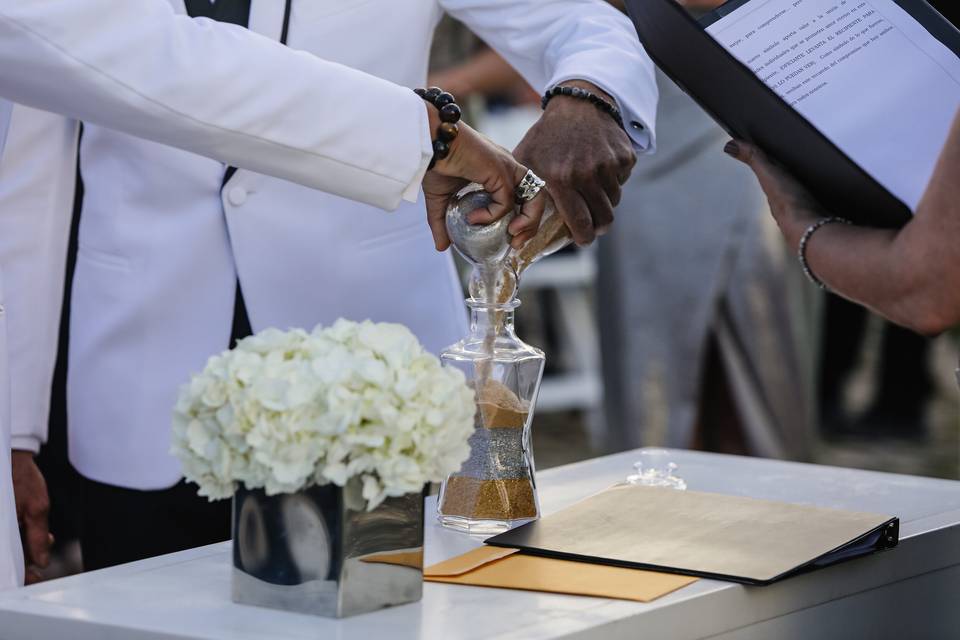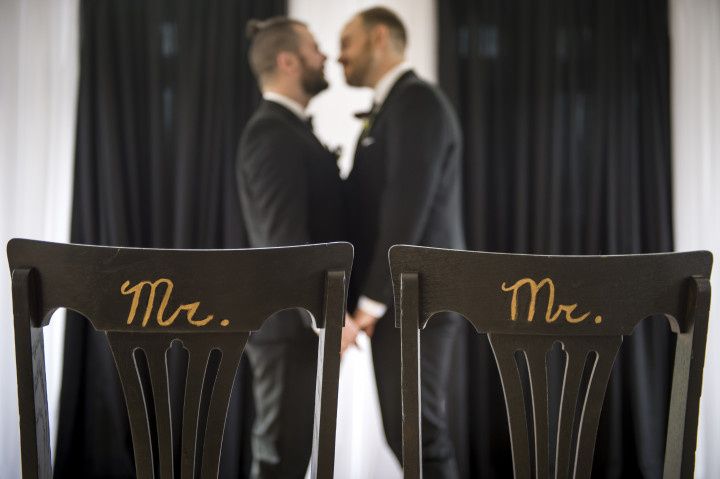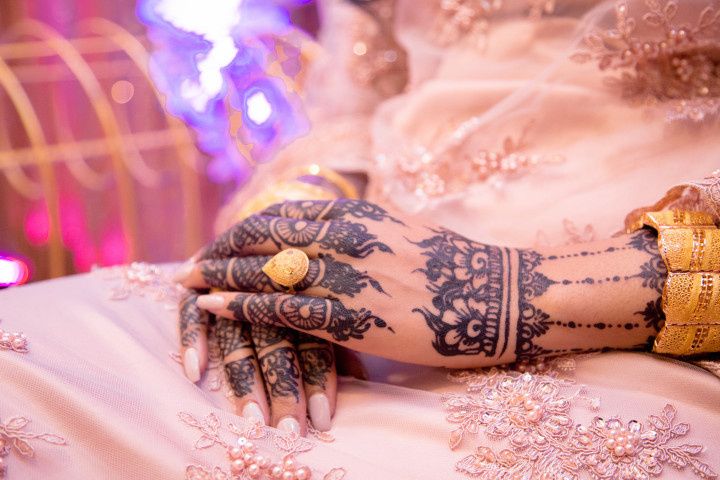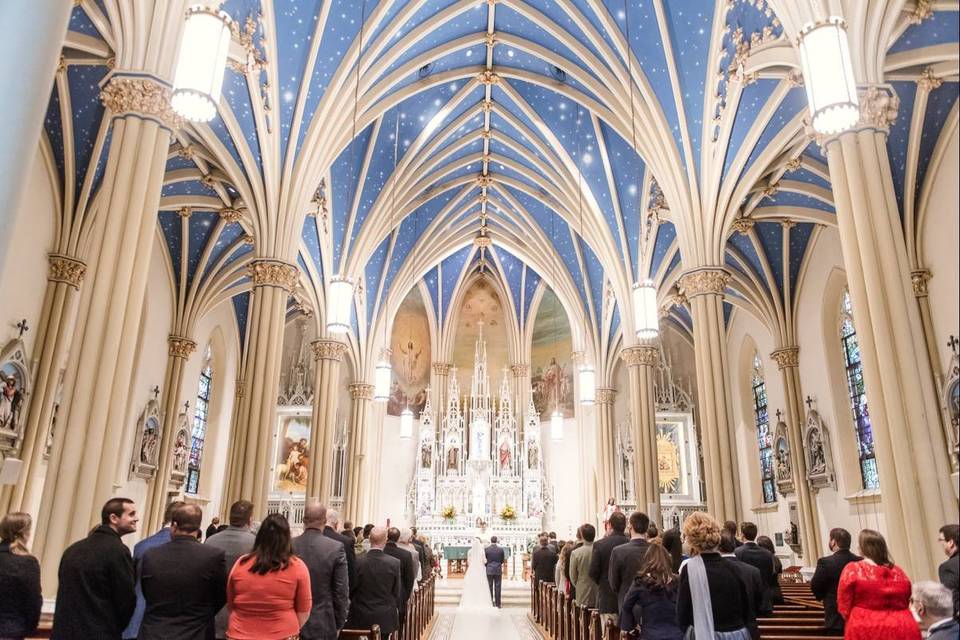Romantic Orthodox Wedding Ceremony Ideas for Modern Couples
Eastern Orthodox wedding ceremonies have remained unchanged since the 11th century. How's that for meaningful traditions?

If you’ve attended a Greek Orthodox wedding ceremony you know the rituals of an Eastern Orthodox wedding are extremely significant. The ceremony itself is an important sacrament for the couple and consists of many symbolic activities beyond the standard wedding vows. These rich religious ceremonies are guided by the Orthodox wedding officiant and the wedding sponsor, or Koumbaros—and filled with meaningful Orthodox wedding ceremony ideas. A Koumbaro (male) or Koumbari (female) is a person who sponsors this sacrament (think: a Koumbaros is to the wedding couple what a godparent is to a newly baptized baby) and, often, but not always, serves as the groom’s best man. With the help of these two, couples engage in an elaborate series of rituals steeped in meaning that’s sure to inspire your upcoming nuptials, be they Greek Orthodox, secular or somewhere in between.
Check out these seven beautiful Orthodox wedding ceremony ideas.
Waiting for the bride
Processionals in a Greek Orthodox wedding ceremony are done a little differently than Western weddings. Typically, the groom waits for the bride at the front of the church with her bouquet. Along with her father, the bride greets the groom here, takes her bouquet and then walks down the aisle with her groom. In more traditional ceremonies the wedding guests will also wait outside for the bride and everyone — the couple and their guests — enter the church together. How’s that for shaking up the traditional wedding processional?
Exchanging of the rings
Rings in a Greek Orthodox wedding ceremony are exchanged right at the top with the priest blessing both rings before placing them on the third finger of their right hands. This is the beginning of a recurring theme in an Orthodox wedding — performing rituals in threes to symbolize the Holy Trinity. Next, the wedding sponsor, or Koumbaros, removes and replaces the rings three times, swapping between the bride and groom to symbolize their future connectedness.
Lighting of the candles
The marrying pair are each given one white candle to hold for the remainder of the ceremony. When these candles are lit, it signals the end of the Betrothal Ceremony and begins the Sacrament of Marriage, which is the second and final stage of the wedding ceremony.
Stefana crowns
Far from beautiful decoration, crowns in an Orthodox wedding symbolize the couple’s marriage as a blessing from God. This ceremony is akin to the exchange of rings in a Western ceremony — it’s kind of the crescendo. At a Greek Orthodox wedding ceremony, the priest places a crown, or Stefana, on both the bride and groom’s heads. The Koumbaros then intertwines the crowns three times to symbolize the couple’s union before the crowns are tied together with a ribbon.
Ceremonial readings and drinking
Virtually identical to weddings centuries ago, modern Eastern Orthodox weddings feature a reading of the story of Jesus’ first miracle at a wedding in Galilee. To honor Jesus turning water into wine, the couple then sips three times from a “common cup” of wine that has been blessed by the priest.
Ceremonial walk and hymns
Now that the couple are almost officially married, the priest takes them on a half-walk, half-dance around the wedding altar three times as hymns are sung. This joyous act is a celebratory ritual that signifies the couple’s blessings. At each turn around the table the couple kisses a cross held by the priest as well. Making circles around the wedding altar is also seen as symbol of infinity and the couple’s eternity together.
Blessings on blessings on blessings
The final ritual in an Orthodox wedding is removing the Stefana crowns and a prayer for the newly married couple. Rice, or gamopilafo, is commonly thrown at couples as they exit as a means to wish fertility and wealth on the new family.






